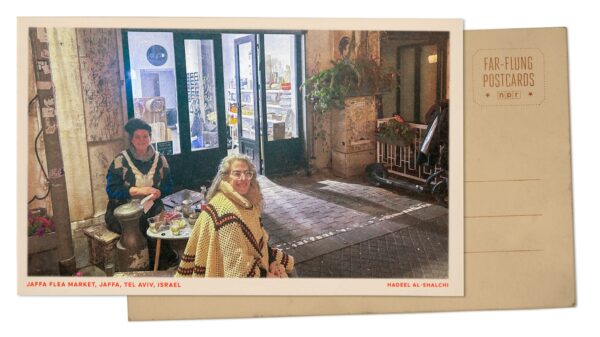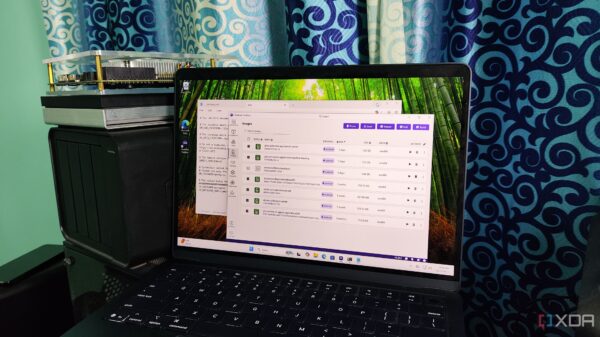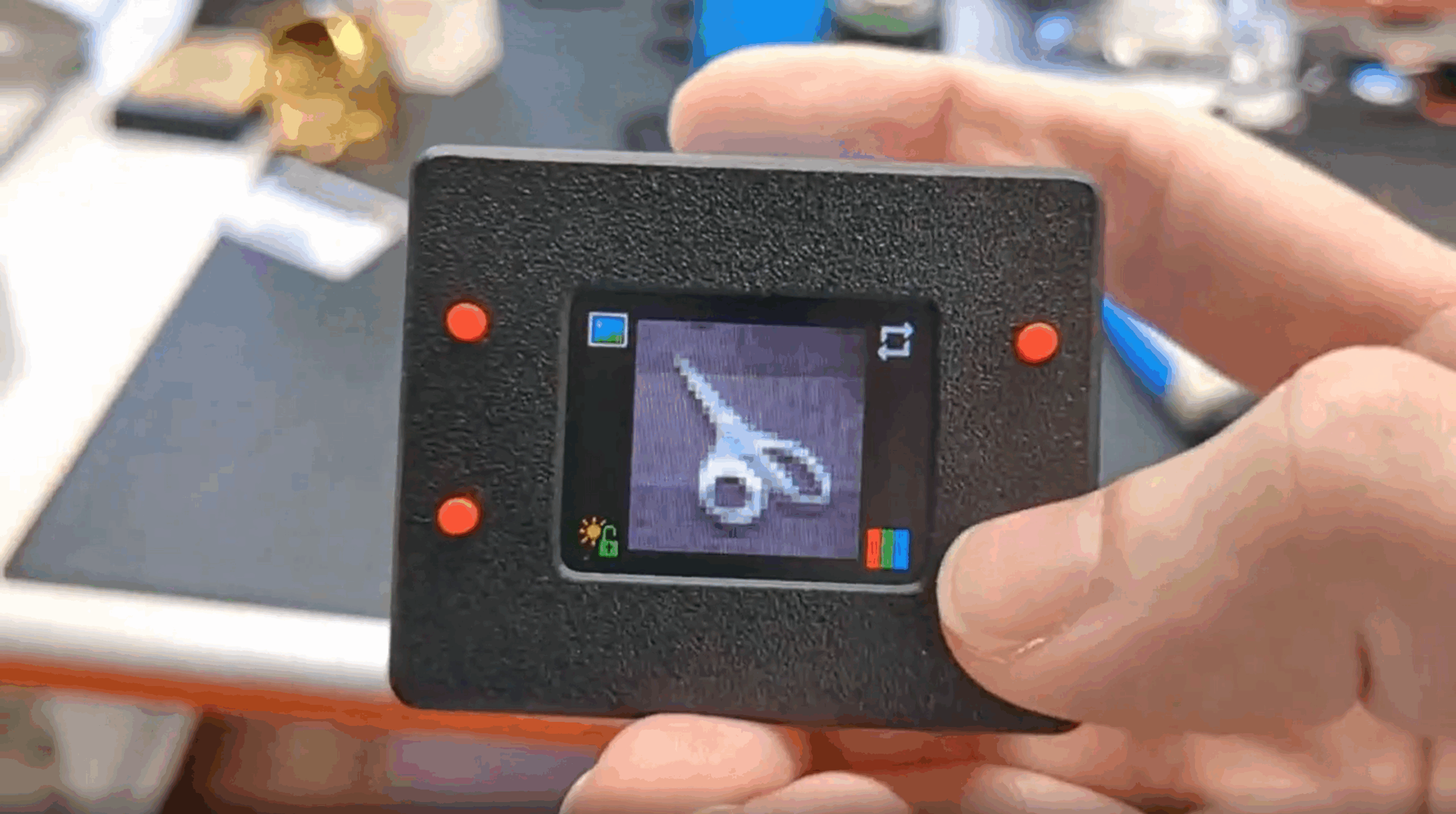A fascinating demonstration of innovation has emerged as a camera has been successfully built using the technology from an optical mouse. This project, led by Dycus, showcases the untapped potential of devices that many take for granted. The optical mouse operates with a sensor that functions similarly to a camera, utilizing an array of photosensitive sensors to track movement across computer screens.
For those unfamiliar with the mechanics of optical mice, the essential sensor collects visual data, which is then processed by a microcontroller to convert these changes into movement information. In this instance, Dycus has taken this technology a step further, creating a camera that operates with a 30×30 array capable of capturing images in greyscale. The results are surprisingly clear, proving that the capabilities of these sensors extend well beyond their typical use.
Building the Camera
Constructing the camera did not require complex or expensive components. In fact, the project primarily utilized the sensor itself, along with a Teensy LC board, basic buttons, and a small display screen. This simple assembly allows the camera to capture both standard images and panoramic views, which can be displayed in various color palettes stored within the device.
The ingenuity of this project lies not only in its execution but also in its underlying philosophy. Limitations often drive innovation, and in this case, Dycus faced the challenge of photographing with a 30×30 array. To further test the limits, a unique approach was employed: capturing images without direct line-of-sight to the subject. This clever engineering feat highlights the potential of everyday technology to be repurposed for creative applications.
Impact on Technology and Innovation
This project serves as a reminder of the remarkable capabilities that lie within devices often overlooked in the digital age. The successful integration of optical mouse technology into a functional camera illustrates how even the simplest components can lead to groundbreaking innovations. The work of Dycus, along with contributions from JohnU and Thinkerer, demonstrates the power of creativity and engineering in transforming everyday technology into extraordinary solutions.
As technology continues to evolve, projects like this reinforce the idea that innovation can stem from unexpected sources. The optical mouse, a staple in many households, has now been reimagined as a tool for artistic expression, prompting further exploration into how existing technologies can be adapted for new purposes.








































































